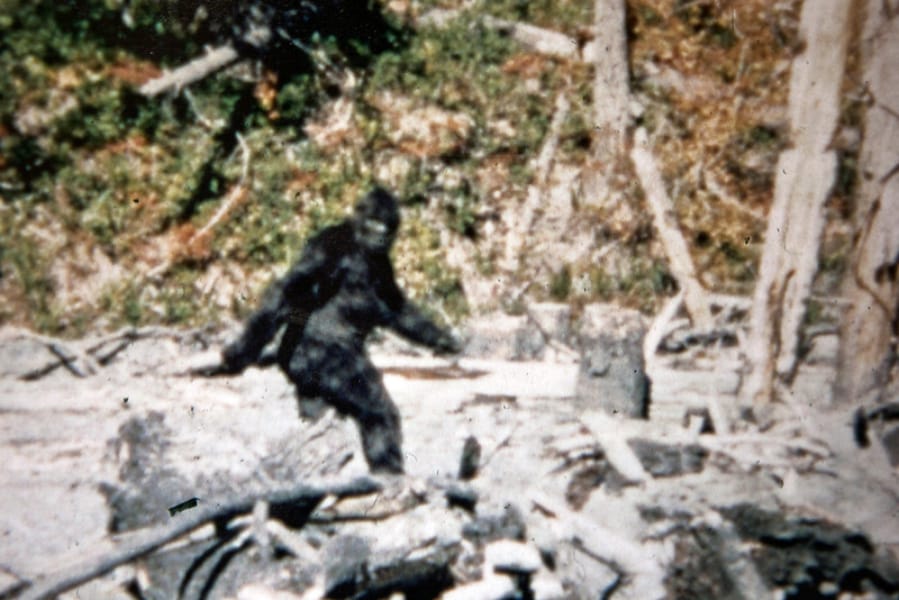It began, as it so often does, with a glimpse. Something tall. Something hairy. Something that left footprints too big to be human.
Whatever it was, the spotting was more than enough to get Peter Byrne on the scene. It was the mid-1970s and Byrne had already made a name for himself as one of the world’s most prominent researchers of Bigfoot. His passion exposed him to a few kooks and a lot of fakery, he said in an interview with The Washington Post. But on that day, he found neither.
This was what he called “a credible sighting.”
Two men, both biologists and both employees of the U.S. Forest Service, spotted an unidentified walking creature in a forest somewhere in the Pacific Northwest. Last seen: lumbering between a pair of trees. Cue Byrne, who at the time was director of the Bigfoot Information Center and Exhibition in The Dalles, Ore.
When Byrne arrived, he noticed the trees stood close together — far too narrow a space for something with broad shoulders and big feet to make a clean egress. And there, between three and five feet off the ground, snagged in the bark, he spotted the tuft of hair and piece of skin he hoped would bring him one step closer to his idee fixe, the sasquatch itself, a towering hominid of North American lore.



